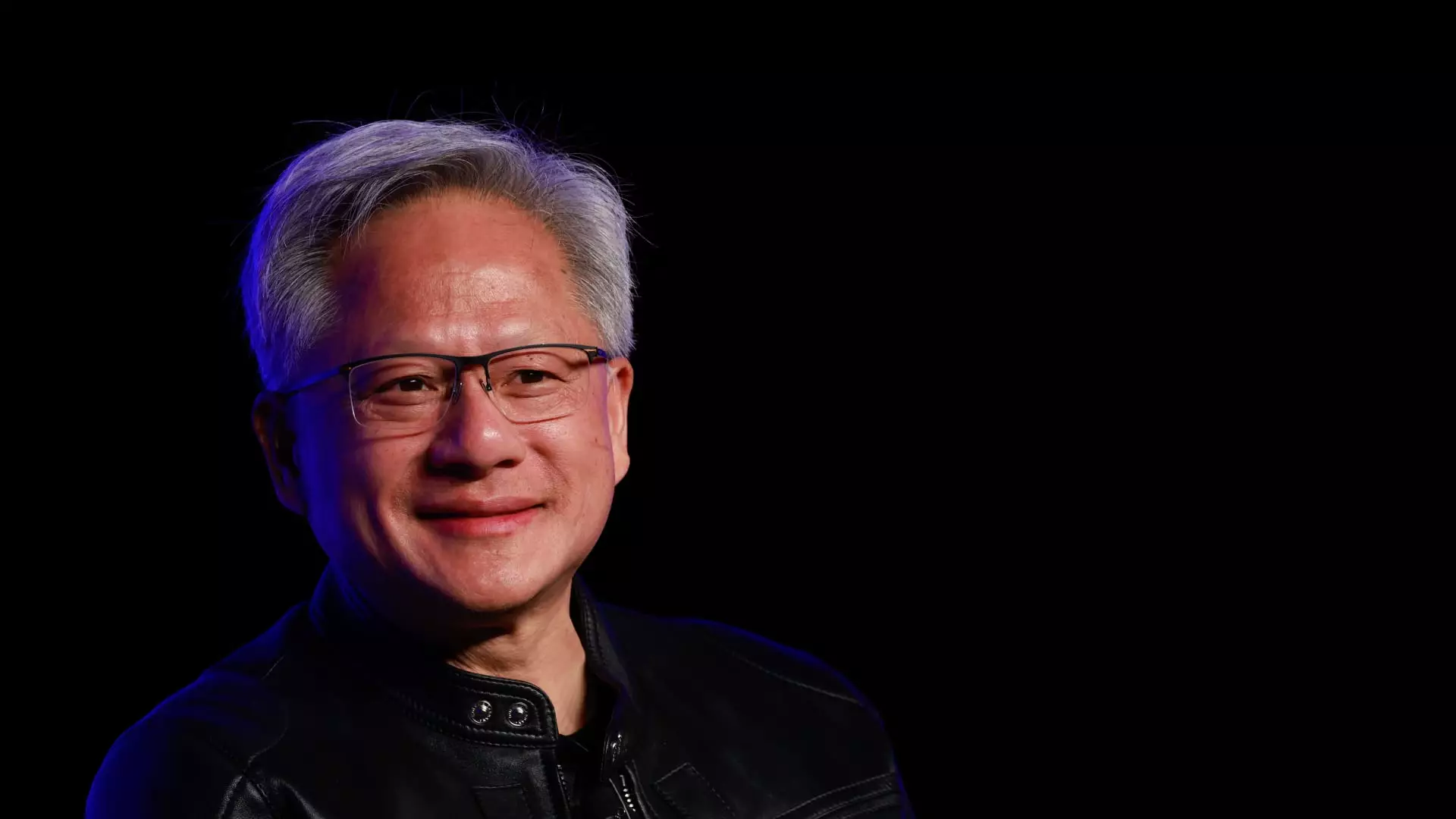In the rapidly evolving landscape of artificial intelligence, Nvidia’s CEO Jensen Huang has made a compelling assertion: AI is reshaping the way we interact with technology and democratizing access to its capabilities. This shift is significant, as it allows individuals with no formal technical training to leverage the power of programming through a language they are already familiar with—human language. During his recent address at London Tech Week, Huang emphasized that the complexity of traditional programming, once a barrier to entry for many, is now being dismantled. The programming landscape is being transformed from its perplexing, intricate roots into an accessible, intuitive platform that anyone can use.
Historically, engaging with technology required understanding languages like C++ or Python. The disparity created a chasm, limiting access to those who could navigate this complex terrain. Huang’s analogy of “human” as a new programming language underscores a monumental shift in the approach to technology interaction. It signals a move away from traditional coding towards a more organic form of communication with machines—one that resonates with the everyday experiences of most users.
The Conversational AI Revolution
The advent of conversational AI has been a game-changer, particularly highlighted by the explosion of platforms like OpenAI’s ChatGPT. This emergence has not only scrutinized our notions of machine-human interaction but has also laid the groundwork for new ways to conceptualize programming and creative expression. The staggering statistic of OpenAI boasting 400 million active weekly users only amplifies the relevance and urgency of this conversation. These chatbots, with their ability to respond conversationally, are not merely tools; they represent a new paradigm where engagement feels less mechanical and more human.
Huang’s observations about AI’s creative capabilities highlight an exciting new frontier in technology. His examples of casually requesting a poem from an AI model serve as a testament to how intuitive and simple this interaction can be. “Just ask it nicely,” he suggested, drawing attention to an essential truth: these AI systems can generate content that’s not only coherent but also creative. Such interactions level the playing field, enabling anyone to utilize AI for creative endeavors, regardless of their technical expertise. In essence, programming and creation are no longer exclusive domains; they are now accessible to all who can communicate.
Widespread Adoption and Changing Workforce Dynamics
As the adoption of AI continues to proliferate, notable companies like Shopify, Duolingo, and Fiverr are spearheading initiatives that encourage their workforce to integrate artificial intelligence into their daily tasks. The recent announcement by OpenAI reporting 3 million paying business users exemplifies the growing appetite for such tools in professional settings. Huang’s advocacy for AI is not merely promotion; it speaks to a future where workers will need to harness these tools to enhance their productivity and creativity.
In an industry fraught with fears surrounding job displacement due to automation, Huang’s reflections serve as a beacon of hope. There is a pressing narrative that positions AI as a threat to jobs, but his perspective shifts the story towards empowerment. AI is poised to augment human capabilities rather than extinguish them. By adopting AI tools, workers can elevate their skill set, positioning themselves as invaluable assets in a world increasingly reliant on technological innovation.
Encouraging an AI-Ready Mindset
Huang’s call-to-action invites everyone—especially younger generations—to engage proactively with AI technologies. Children instinctively grasp these tools, suggesting a natural alignment with the communication-driven interface AI offers. By normalizing this interaction in educational contexts, we are not just preparing the next generation for an uncertain job market but are also fostering a culture of creativity and innovation.
Ultimately, as Jensen Huang champions this new era marked by the integration of human language into programming, we must embrace this evolution. The transformative potential of conversational AI harnesses an untapped well of creativity and proficiency in problem-solving, bridging the gap between humans and machines like never before. As we stand on the brink of this revolutionary change, the promise of AI as a true equalizer is not just optimistic—it is imperative.

